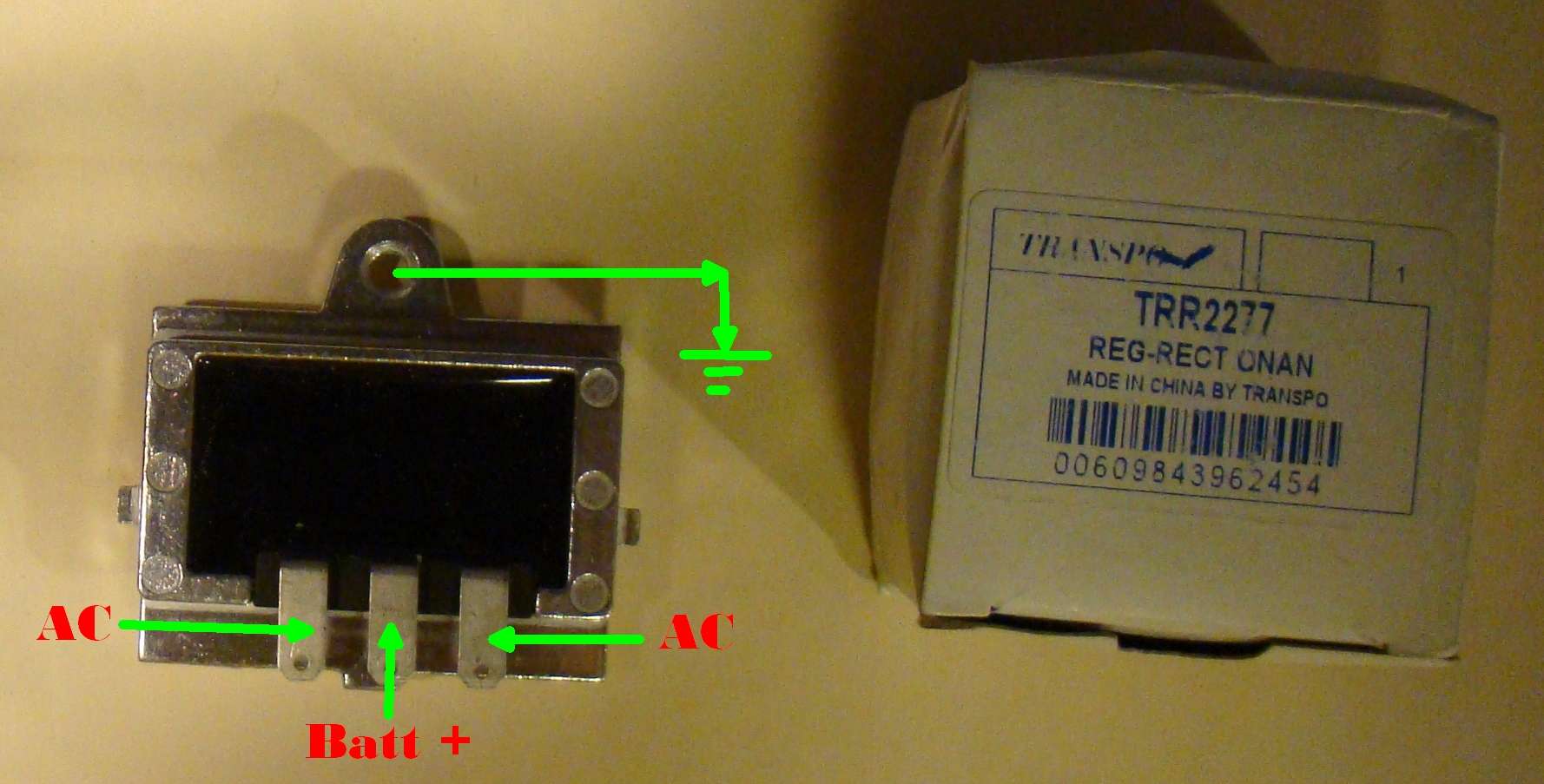firebane
braaaaaaaaaaap
I know that we have a couple of talented people in here that know a thing or two about electrical. Right now I am looking into adding a 12v circuit to a scooter with only AC so that lights and horn work off of 12v. I have included 2 diagrams for reference and from I can see as long as I add a rectifier and regulator off the yellow wire from the magneto I can then took it up to a battery to provide said power?
Any issues seen with this?
Any issues seen with this?







